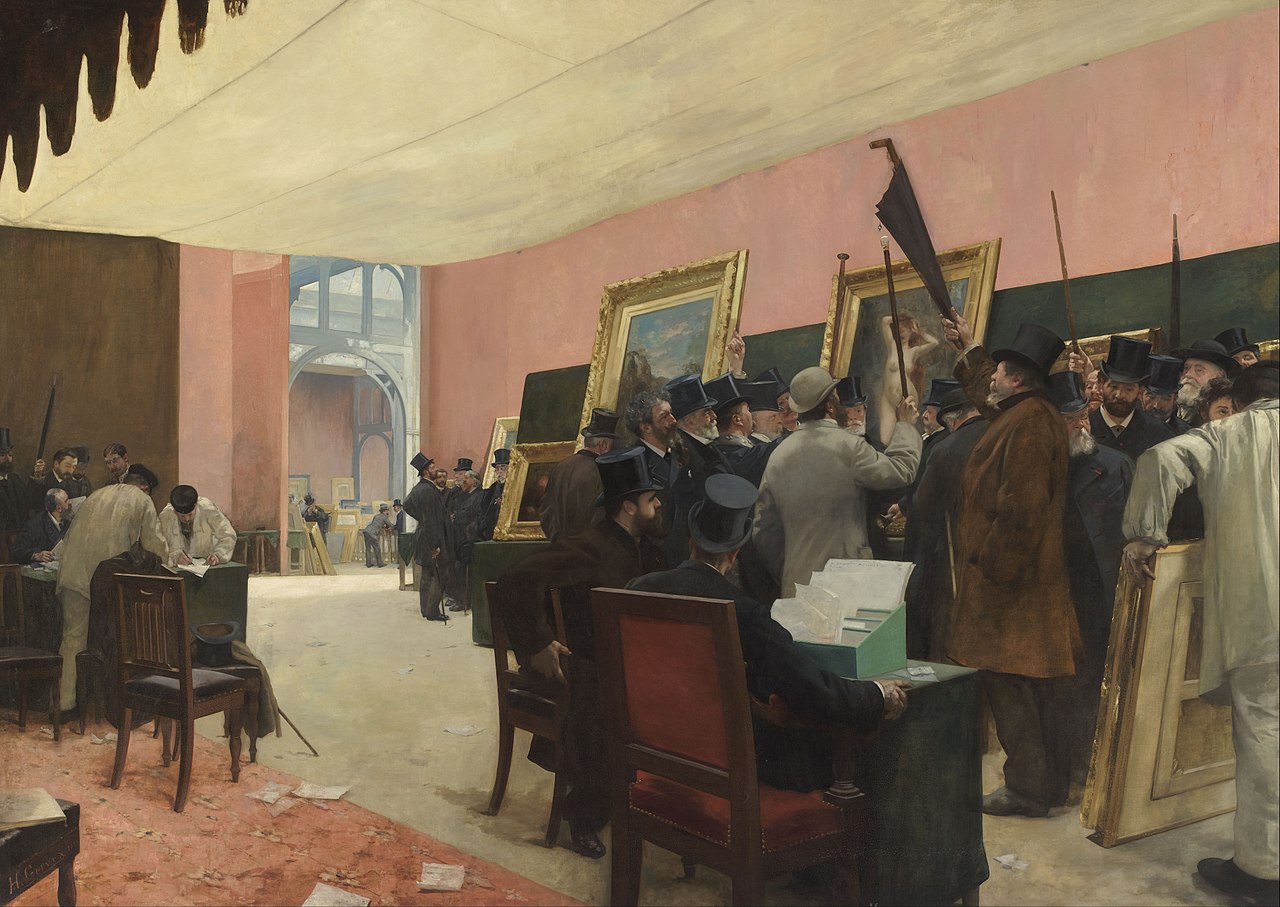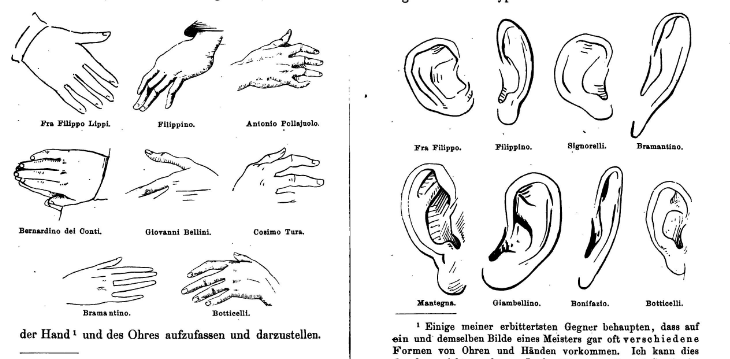Expertise of painting: how it was in the 19th – early 20th centuries

The first industrial revolution and industrialization brought pragmatism and interest in broad cataloging to the nascent art history as a science. The scientific examination of painting is emerging. The first catalogs raisonné appeared (French “catalogue raisonné” - publication of all the original works of the artist). Thus, the English art dealer, scientist and connoisseur J. Smith published in 1829-1837 an eight-volume work on Dutch painting of the 80th century. 424 years later, his colleague Hofstede de Groot was amazed at the accuracy of attribution: out of 6 paintings by Ruisdael, only 319 were mistakenly attributed to the master, out of 6 paintings by Adrian van Ostade, Smith was also mistaken only 82 times, however, with the “Rembrandts” Smith was mistaken 588 times (out of XNUMX paintings). Hofstede de Groot will publish a ten-volume analysis of the Dutch school of painting in the XNUMXth century, clarifying the ideas of Burten and d'Argenville on the importance of studying the students, imitators and copyists grouped around important masters. Professor Abraham Bredius (the same one who would later confirm the Vermeers painted by Han van Meegeren) published XNUMXth-century documents related to the artists in the magazine “Old Holland” (“Old Holland”).
The most characteristic phenomenon for the history of attribution practice of the 1890th century, in addition to cataloging works of art, was the desire to determine and group the features of the painting style of each artist. The pioneer in this field was Giovanni Morelli, who worked under the pseudonym Ivan Lermolyev. In his books "Principle and Method" and "Introduction to the Borghese Gallery" of 1902. According to his theory, for example, the hands and ears testified to the unique painting style of the masters, since they did not have time to delve into their structure for each individual person and they did not play a semantic role in the work. He wrote: “... types of saints are created for the most part by the school, the manner of draping [figures] is passed on to students and imitators by the teacher, then each independent artist has his own manner of perceiving and depicting the hand and ear.” Morelli's method contains a contemporary psychological rationale for the artist's work. Russian-American art historian and expert Bernard Berenson, in his XNUMX work “The Basis of Artistic Recognition,” develops Morelli’s ideas and proposes three stages of painting examination: identifying a school, then a workshop, and, finally, a specific master. Quite logical. Highly specialized art experts immediately recognize a school, a workshop and a specific master. It is with Morelli that the examination of painting as a science begins.

In 1894, the German researcher Theodor Frimmel used Morelli's methods and for the first time tried to develop a harmonious system for recognizing the author of a painting (in 1904 the most complete publication of his research would be published). Frimmel uses analysis of historical documents as a historian and stylistic analysis as an art critic as scientific tools. He gives a number of valuable characteristics of the style of many Dutch artists. For example, when talking about the color scheme of Jan Brueghel the Elder and his followers, Frimmel mentions their favorite combination of cinnabar and ultramarine in the clothes of the figures. This was for Frimmel a characteristic feature of Jan Brueghel the Elder and his school.

The 100th century will once again raise before art experts the question of the possibility of a scientific basis for the examination of paintings and categories. Despite the extensive work on the artistic heritage of the old masters, which is still relevant today, Max Friedlander will believe that the results of the examination cannot be substantiated in scientific language and will become an adherent of the intuitive method in art history. His opponent in the debate, Hofstede de Groot, would believe that the art critic would need to describe the features of the painting on which he relied in order to draw a conclusion about the authorship of the painting. De Groot will raise the question of identifying the standard (XNUMX% of the original painting) of a particular artist. It is with reference work that the painting submitted for examination should be considered. The Dutchman Willem Martin will develop all the ideas of his colleagues in the “Library of the Art and Antique Collector”. In his opinion, for the attribution of a painting, not only the similarity of stylistic features in the artists’ paintings will be important, but also the “general spirit” of the painting. Martin believed that the copyist and imitator succeeds in imitating the pictorial handwriting of the original rather than the personal style of artistic expression of the original author of the work. The Rijksmuseum in Amsterdam houses Gerard Dou's painting “Rembrandt's Mother Reading the Bible,” which has long been attributed to the master himself. Despite the fact that Dou studied with Rembrandt, by his character and era he was a master of another generation. This early work reveals Doe's passion for detail, which was completely uncharacteristic of Rembrandt.
Understanding the importance of identifying the stylistic features of the artistic style of each master and understanding the “general spirit” inherent in his manner, together with technical and technological examination, will become the starting points of the modern practice of painting examination.




